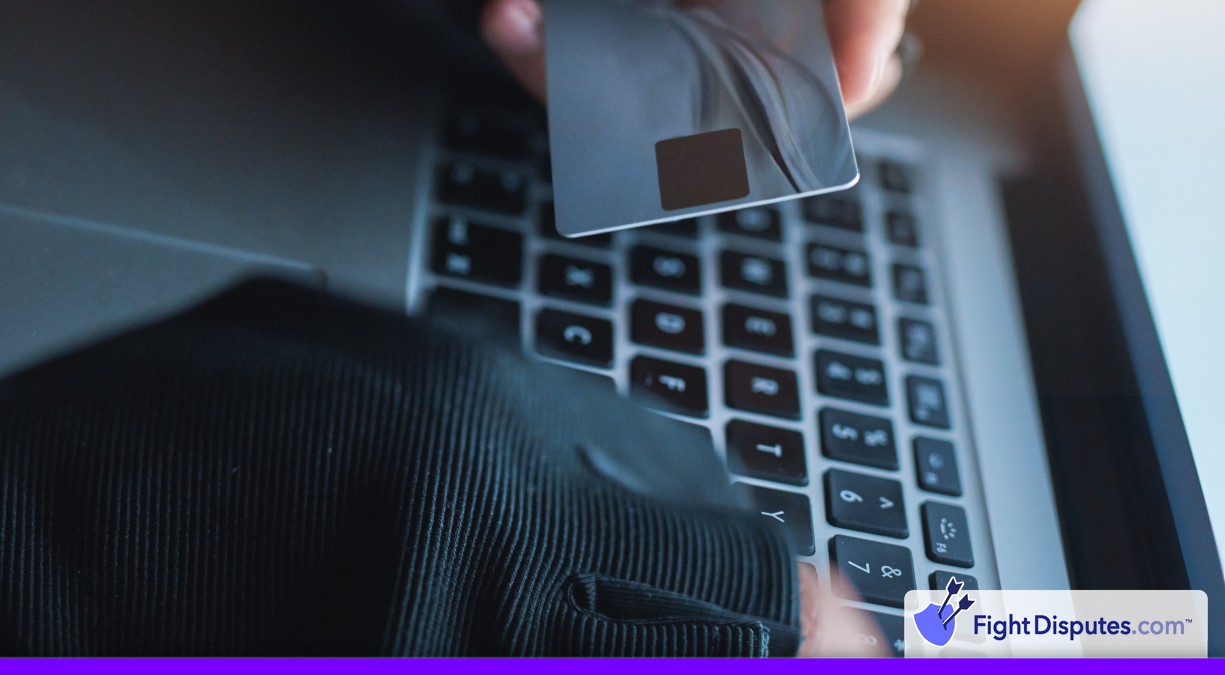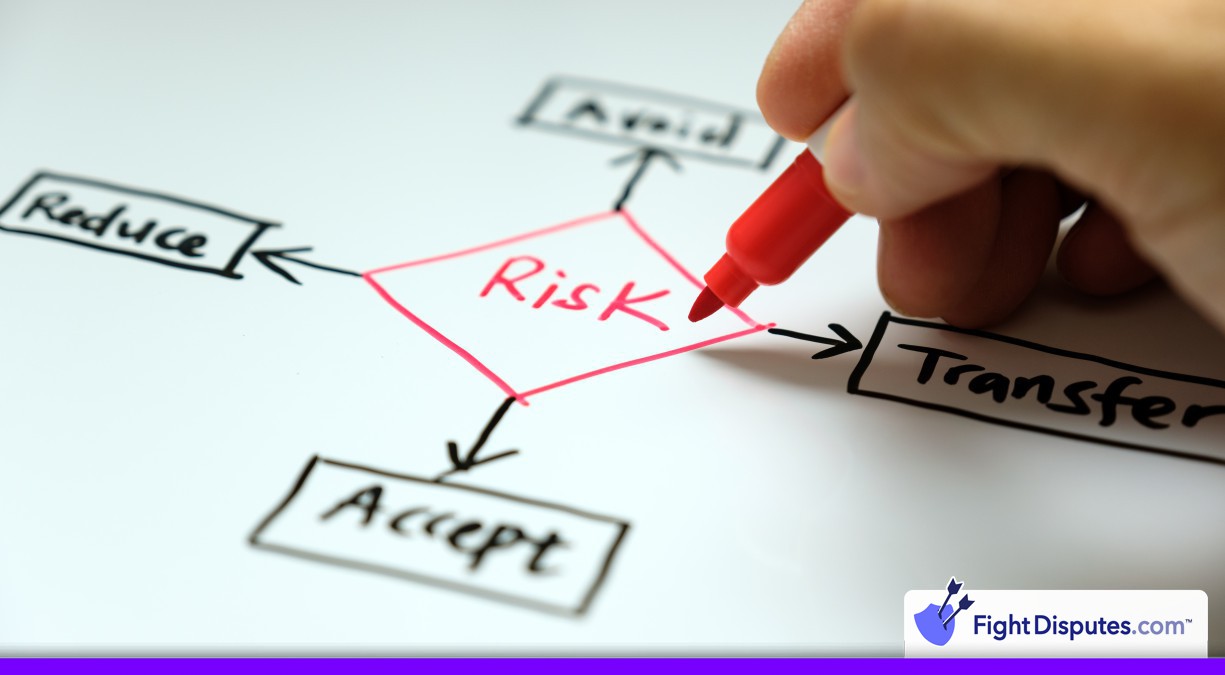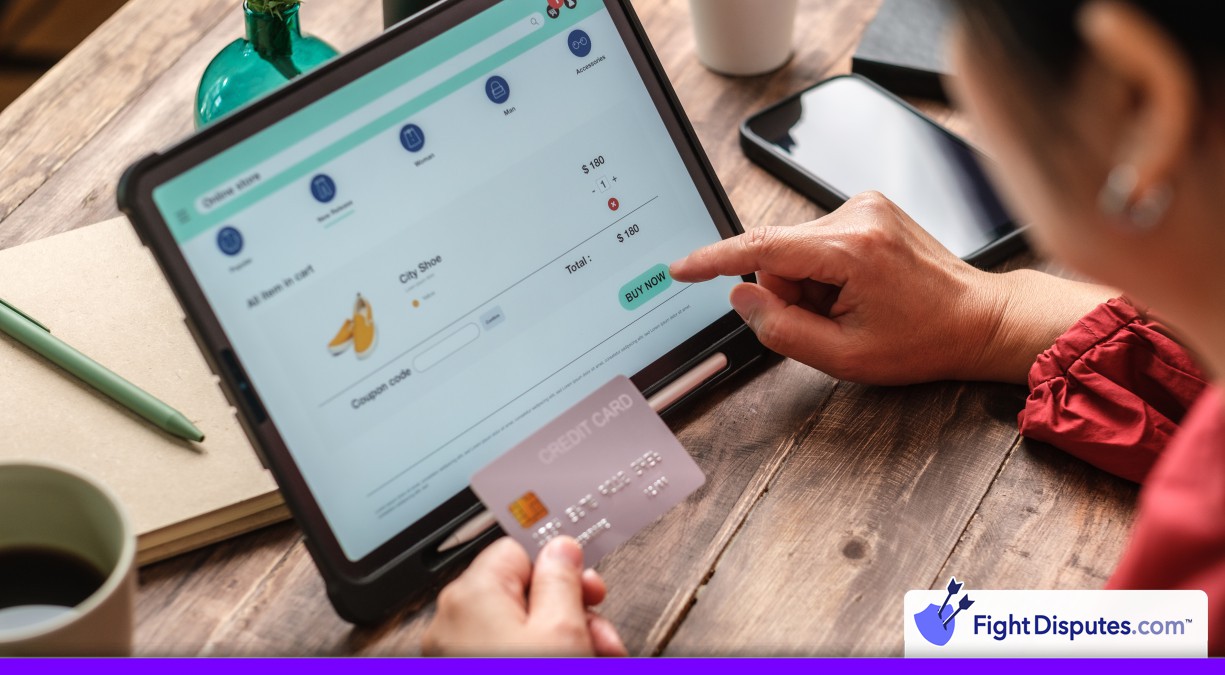Why Are All Digital Goods Businesses “High Risk”?
I’ve talked before about the perils of being considered a high-risk merchant, including the steep fees, risk of cancellation, and restrictions on business opportunities that can affect you. For many businesses, though, there’s nothing you can do about it. In fact, certain classes of business are labeled high risk, no matter what.
One of those categories is digital goods.
You might think that payment processors would have started to loosen up their rules on this by now, given how much of global commerce is now centered around the internet and various digital goods and services, but so far they haven’t. It’s just one of the realities you have to contend with if you’re operating a digital business.
What Defines Digital Goods?
First, I want to clear up a minor misconception I see crop up from time to time.
That is, there’s a difference between an online business and a business selling digital goods.
If you set up a storefront selling cosmetics entirely online, you’re an online business, but you’re selling physical goods. Those goods are purchased from a wholesaler, shipped to customers, and exist in physical space. Even though the business you operate is digital (and, if you’re a dropshipper, you might never handle the physical products at all), you aren’t a digital goods business.
A digital goods business is a business that sells products or services that are entirely digital. There are a lot of such businesses.
- Digital movie rental and streaming services.
- Audiobook and eBook vendors that don’t deal in physical media.
- Digital apps and programs, including cloud services and video games.
- Online courses and classes, from consulting to Masterclass-style courses.
- Online services like web hosting, domain registration, VPNs, and similar.
- Sites where the primary offering is a membership to access gated content or features.
- Digital services like web design, coding, graphic design, SEO, marketing, and so on.
- Adult services, though these are also high-risk when they aren’t digital.
There are thousands upon thousands of businesses in these spaces, ranging from individual freelancers and fly-by-night operations to well-established companies like Netflix, Audible, Bluehost, Coursera, and many more.
The key similarity is simply that all of these businesses sell goods that are digital. To a payment processor, there are a bunch of qualities of these kinds of businesses that can make them high risk.
Why Are Digital Goods Companies High Risk?
There are many reasons why the payment processors considered digital goods to be high risk.
1. Ease of Transaction
One of the biggest is the ease of the transaction. There are relatively few barriers to making a purchase with a digital goods provider, which is good for conversion rates, but bad for fraud. Whether it’s the man-in-the-middle attack on public wifi, or the info-stealing malware on the computer, there are plenty of reasons why someone’s information might be stolen in one of these transactions.
More than that, digital goods sales are by definition “card not present” transactions. CNP transactions are convenient but they lack several of the verification mechanisms that in-person transactions allow. The lower bar for verification means that it’s easier for thieves to use stolen information to make purchases.
Online businesses with digital goods are a common target for card verification, as well. When thieves have a list of stolen card information and they want to go through and test them to see if they work (before then using them for additional fraud), they target these digital goods providers because of the lower level of security. Many anti-fraud tools and platforms even look for high-volume low-value transactions as a possible sign of fraud because of how common it can be.
Payment processors also frequently flag digital goods businesses as high-risk because of global accessibility. Specifically, some countries are much more prone to fraud than others, and due to geopolitical and economic variance, currency differences can change rapidly and be a vector for fraud and abuse.
2. People Forgetting About Their Subscriptions
Another reason why payment processors might consider digital goods to be high risk is that many of them use a subscription model. Subscription models are nice for businesses to have a stable income, but as anyone who has ever had a gym membership knows, they breed a lot of conflict as well.
Customers who find charges from subscription services they no longer use, forgot they had, or thought they had cancelled, often choose to file a dispute and claim a chargeback rather than try to work with the customer service of the company that was charging them. Even if customer service is easy to work with and a refund is virtually guaranteed, even the idea of having to jump into that conflict can lead customers to file a dispute instead.
More disputes means more chargebacks and more chargebacks means higher risk, so subscription-based businesses often end up with a high-risk label.
3. Technical Issues
A third reason why digital goods providers are considered high risk is the risk of technical issues. Technical issues can plague both the fulfillment of the order itself, and the operation of the digital goods later.
- Maybe a system glitches out and an order goes through but no emailed product link is forthcoming.
- Maybe a delay in email fulfillment makes it seem like the above happened, even if it’s just on a delay.
- Maybe the user ordered, say, an app from the Apple App Store when they have an Android device and didn’t realize it wasn’t compatible.
- Maybe the user signed up for a product that doesn’t work on the outdated device they own.
Again, even if customer service is more than happy to figure out the issue and provide a satisfactory resolution, many customers are just as likely to file a dispute over it rather than try to work with an unknown customer service process.
Unfortunately, all of this is being made even worse by the increasing use if AI-based customer service agents, which might not properly interpret what the actual problem is, might not be empowered to offer the appropriate solution, or might themselves error out.
When disputes are filed, digital goods providers are also often stuck. It’s much harder to prove delivery of a digital product to a specific customer than it is to provide something like a shipment tracking number for a physical order.
At the root of all of these is just one simple reality, from the payment processor’s point of view: these categories of products and services have higher-than-average incident rates of disputes and chargebacks. When disputes and chargebacks get too common, they get expensive for the processor, and the processor wants to discourage that. Hence the high-risk designation.
Can a Digital Goods Store Lose High-Risk Status?
This is a tricky question to answer.
On one hand, yes, certainly a digital goods store can end up in a low-risk categorization. It often takes a lot of work and sustained effort, as well as a lot of growth. It’s hard to consider that major digital goods businesses are all operating under high-risk contracts, but then, when a business gets large enough, it can often negotiate a better contract with a payment processor.
One the other hand, due to the inherent nature of digital goods, some elements of risk can’t be eliminated at all. There will always be some element of high risk, whether or not the payment processors take action on it.
You do have a few options, though, as long as you’re taking action to reduce your risk.
How to Reduce Your Risk as a Digital Goods Business
If you’re starting out in high-risk status, you’re already in a precarious position. You have to be aggressive with preventing fraud and chargebacks as much as possible. The question is, what can you do? What steps can you take?
1. Be Honest and Transparent
A huge amount of disputes come from the disconnect between expectations and reality.
- If a user thinks they’re ordering one thing and get another
- If a user believes you’ve promised more functionality than you deliver
- If a user feels they have been misled by your marketing
So, be honest about what you sell, don’t make promises you can’t keep, and be up-front about limitations. This is especially important with products that have minimum system requirements or are in proprietary formats that a user might need special software to view, or are otherwise limited in accessibility.
You should also be honest and transparent with your billing and refund policies and processes. Let users know when and how often they’ll be billed, make sure they know what you will appear under in their billing statements, and be clear on your fulfillment timelines.
It’s beneficial, as well, to encourage talking to your customer service rather than the payment processor for any issues that arise. Having good, effective, proactive customer service will go a long way towards reducing your number of disputes. Whether that means a money-back guarantee, a no-reason-necessary cancellation policy, or some other variation on that level of flexibility, you want to be user-friendly as much as possible.
2. Use Fraud Prevention Tools
While CNP transactions are more vulnerable than card present transactions to fraud and abuse, you aren’t left without tools or options. There are a lot of different tools and filters you can use, from those provided by payment processors and gateways like Authorize.net, to the ones built into storefronts and systems like Stripe, to third-party verification tools.
You can use specific verification and fraud prevention tools, such as:
- Address verification
- 3D Secure
- IP filtering
You can also use general security measures like SSL, monitor metrics like transaction volume and velocity, and track customer behavior to see if there’s anything sketchy going on. The risk of cutting out a legitimate transaction is there, but the damage is lower than if you process fraudulent transactions and have to deal with the chargebacks later.
3. Consider a Dedicated High-Risk Processor
Many digital goods businesses start out with a processor like Stripe or PayPal. The problem is, these processors don’t like high-risk businesses any more than the usual banks and payment processors do. If anything, they’re potentially more prone to cutting you off at the drop of a hat.
There are a handful of payment processors out there who specialize in high-risk businesses, who are aware of the risks and are willing to take on the burden. If you’re worried about undue chargebacks and the risk associated with the label, or if you’ve already been booted from the other processors, these can be a good alternative to simply folding.
4. Consider Diversifying into Lower Risk Goods as Well
Another option you might consider is diversification. If you can, effectively, dilute the risk your business represents, you can bring down the average risk profile across your brand and potentially drop below high-risk status.
Whether or not this will actually work depends a lot on the context. You might also be better off keeping different business ventures separate; you wouldn’t want a successful physical goods wing to be dragged down by a spike in fraud from a digital goods wing, right?
There’s not necessarily a right answer here, just options you can consider.
5. Intercept and Address Disputes
My recommendation is to use as many mechanisms as you can to reduce chargebacks. One option is the system I’ve set up here at FightDisputes.com.
When you sign up with my service, we establish a checkpoint between your customers and your payment processor. If a customer files a dispute, we’re notified. We can either immediately notify you to handle it, or you can use our managed replies service to respond for you.
From there, offering resolution to the customer is easy. Sometimes it might be proving the legitimacy of the transaction. Other times, it might be offering a refund. Either way, the customer finds a satisfactory resolution, and the dispute is cancelled before it reaches your payment processor and triggers all of the investigations, fees, and penalties.
Whether or not you can bring your business below the threshold of high risk, or if you just want to cut back on anything that costs you a fee, there’s a good chance I can help. Just reach out to get started, and let’s talk about what I can do for you.
 Call (844) NO-DISPUTES
Call (844) NO-DISPUTES







